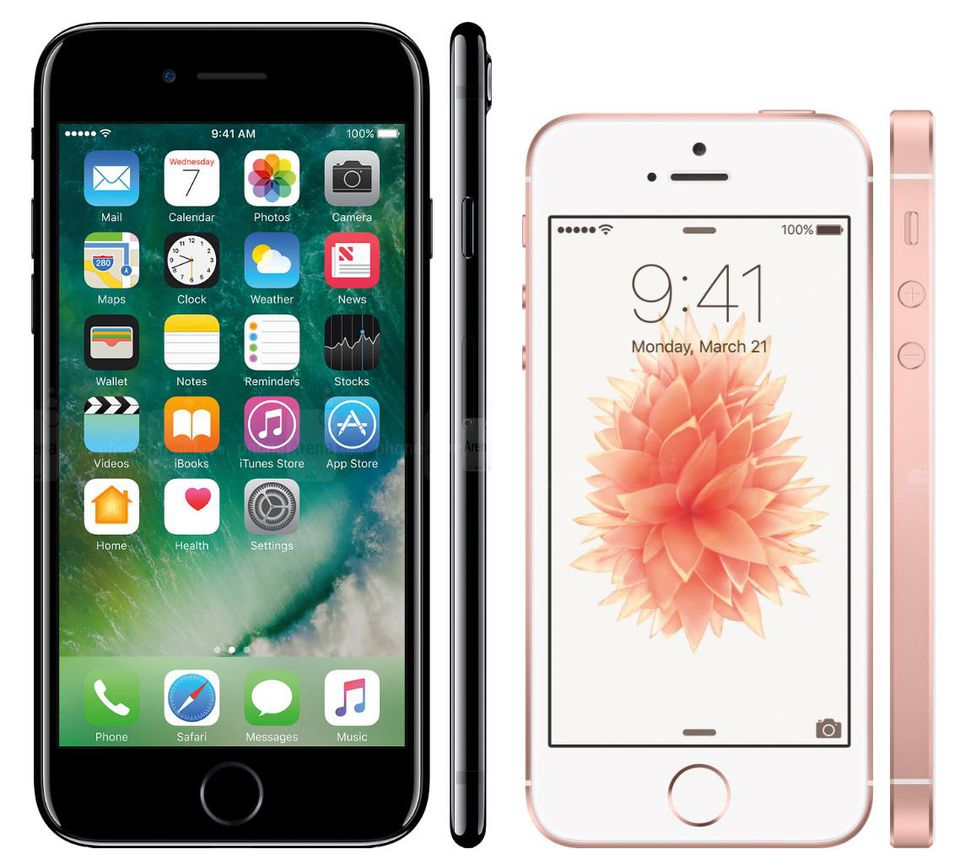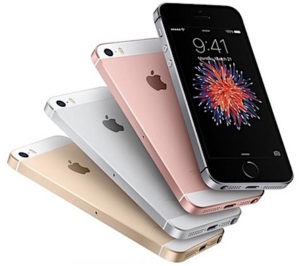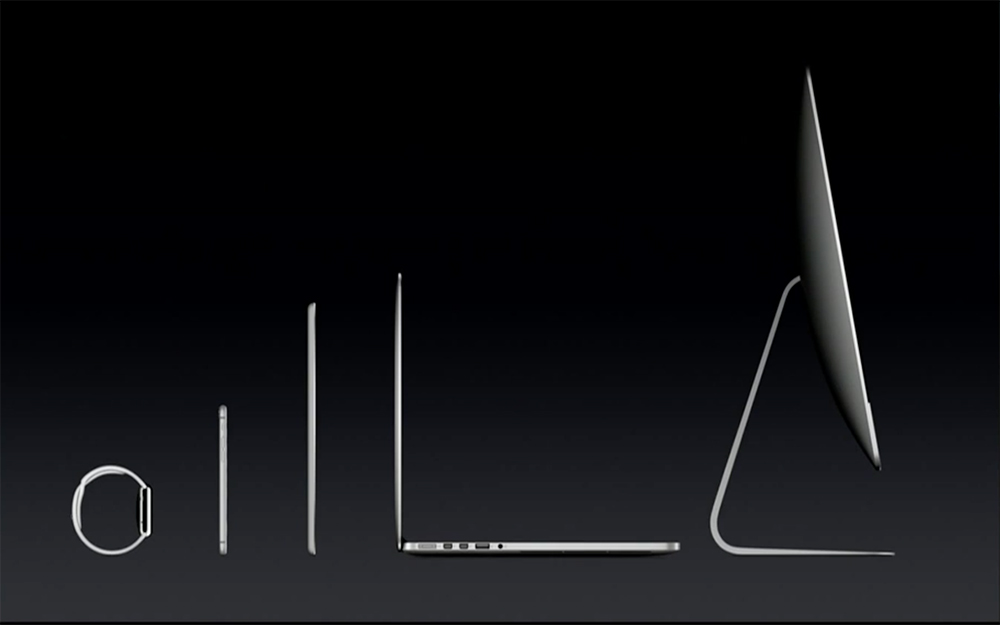
Apple’s current lineup of the XS, XS Max and XR iPhones sport bigger screens, that has made me wonder about the practical use for large screen phones which are increasingly becoming unwieldy due to its rounded corners. Has the form finally exhausted its potential and it’s time to bring back the flat edges?
I got my first iPhone in 2010, which was the iPhone 3GS introduced by Steve Jobs in 2009 and unarguably the best iPhone that I have owned even by today’s iPhone standards — if you ignore the SE’s sleek design, including being super portable, in which, Apple dovetailed the potential of communication, music and an internet platform, in a light-weight, user-friendly form factor that fit snuggly into my pant pocket and just as easily removable, though I wouldn’t say it was easier to hold.
Now, admittedly, none of those first generation iPhones had any of the high-tech or hardware splendour that Apple today is cramming into every single new version of the company’s most successful product, TouchID, FaceID, etc. Even the camera on my then 3GS, for instance, was a mere 3 mega pix (mp), it took some decent pictures for me although can’t compare that with the current phones which are insanely high-quality in not just the resolution but the video quality as well. I thought the camera had been sufficiently enhanced with the SE giving it a 12mp and better picture quality and what another practical use of a good resolution image is unless it’s satellite imagery of a secret military installation? Bottom line, a camera isn’t tempting enough for me to invest a fortune into the iPhone.
Practically Small, Not Glamorously Bigger!
For me, it has been less about the bigger hardware (form) and more about the technology (functions) which the iPhone packs into its palm-sized brick shape. The TouchID, for instance, has been a great feature in speeding up the sign-in process, not only within Apple’s own eco-system which consists of iCloud, App Store, and Apple Pay on iOS and macOS but also for the humongous size of its app universe. Much recently, Apple introduced Password AutoFill using iCloud Keychain (also allowing third-party password managers) – also using TouchID, to fill your login credentials in Safari and the rest of the other apps. The experience is not near to perfect, moving in an out of the app depending on the app architecture, but it nevertheless removes the stress of remembering and copying/filling passwords. Of course, another platform that predominantly uses the advantages of TouchID is Apple Pay for secure payments. And now, even Apple is acknowledging its support for old generation (smaller) phones with the iOS 12, that may not remain so in the near future. In all of this, there’s one thing that has stood out for me quite evidently – the bigger screen sizes of the iPhones which have now become a standard feature are no longer validated proof of good design. It’s how the whole package works.
I have always surmised that it’s the technology within an iPhone that makes the iPhone experience truly the best for me. Even if it’s still a smaller iPhone SE which I have recently owned and cherished for its overall design effort.

 Since that
Since that 